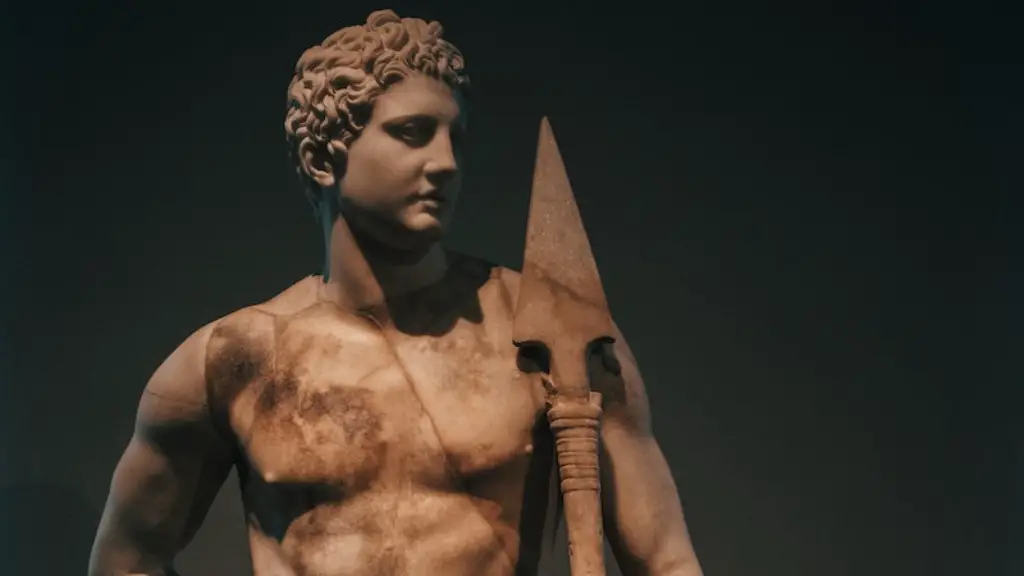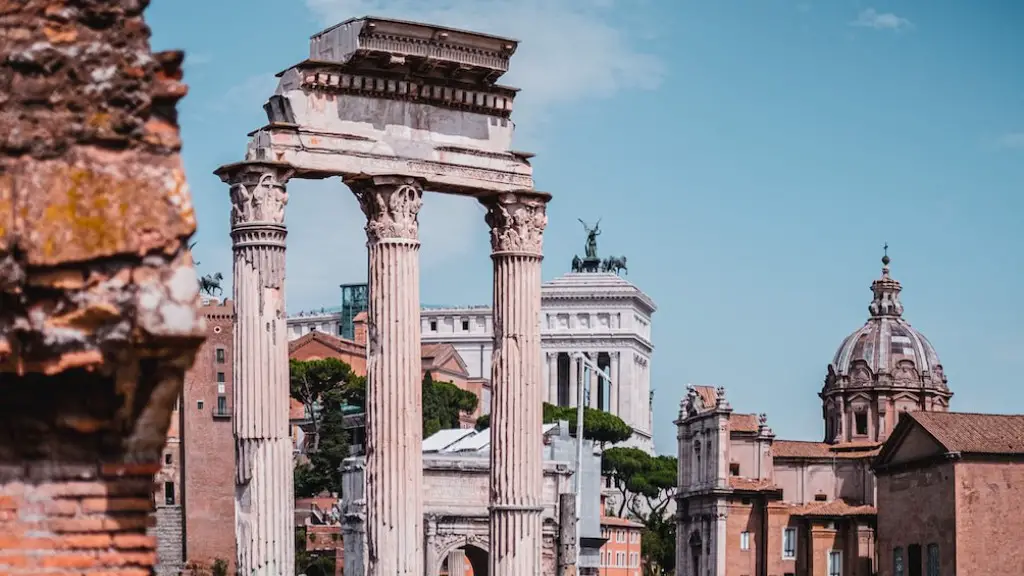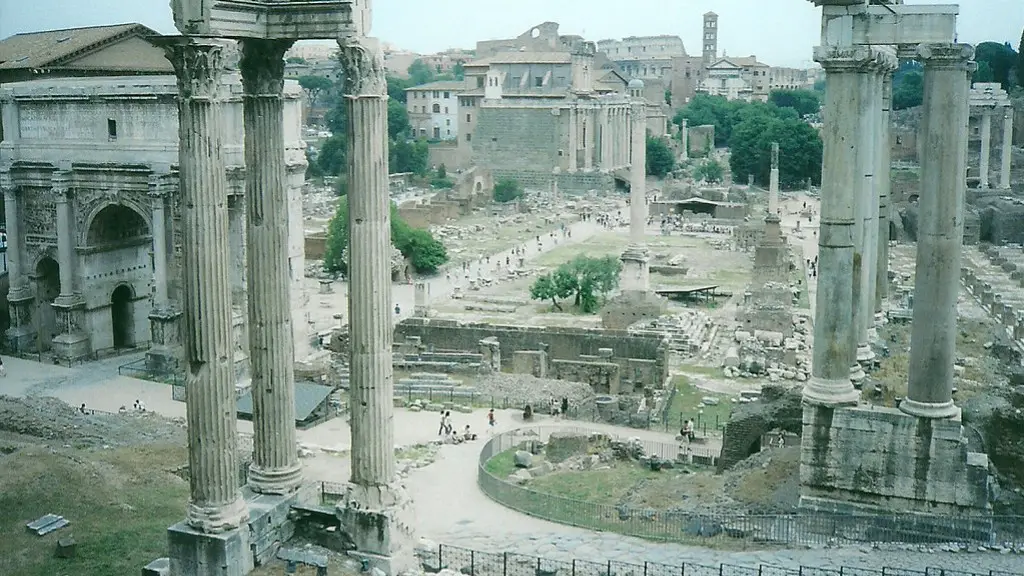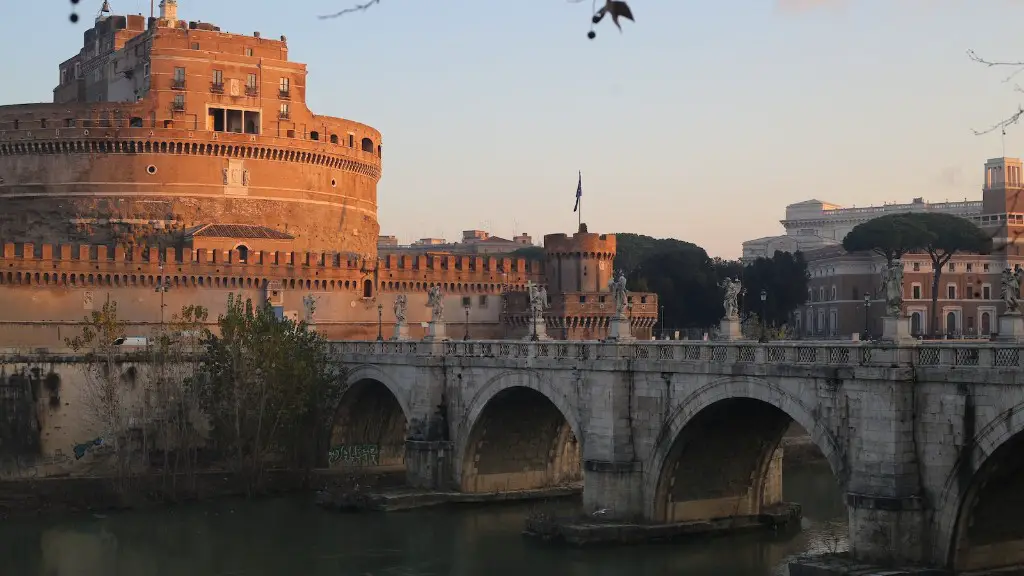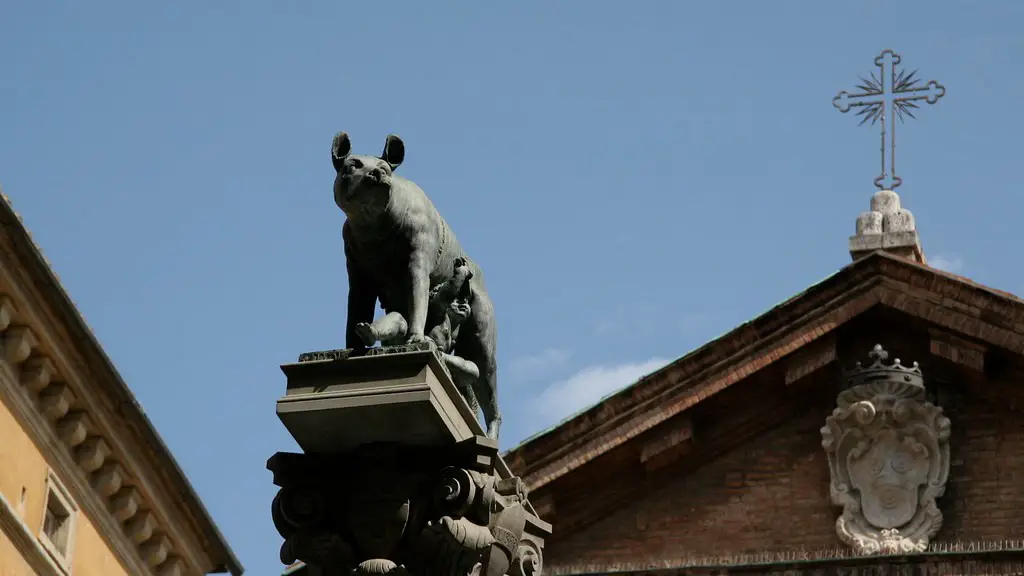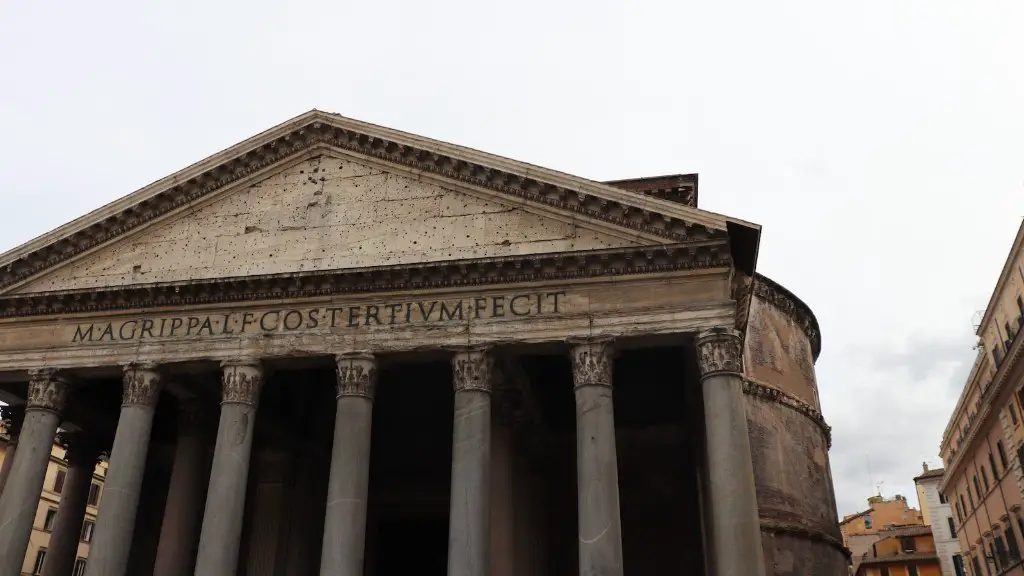The legacy of ancient Rome can be seen all around us. From the modern day political structure of many Western nations, to the way we think about law and justice, the legacy of Rome is clear. Even the way we think about empire and power has its roots in the way the Romans thought about these things. In short, the legacy of Rome is very evident in many aspects of our modern lives.
The legacy of ancient Rome is one of the most significant and far-reaching in human history. Ancient Rome was not only an extremely advanced and powerful empire, but also one of the most influential in terms of culture, politics, and society. The legacy of Rome can be seen in many aspects of the modern world, from architecture to law to language.
What are the 5 legacies of Rome?
1) The government: The Roman Republic was influential in subsequent democracies. The Roman Senate was a model for future legislative bodies. The concept of the rule of law emerged from Roman law.
2) Engineering and architecture: The Romans were responsible for many innovations in engineering and architecture, including the development of concrete and the construction of roads, bridges, and aqueducts.
3) Their huge empire: The Roman Empire was the largest empire of its time and served as a model for future empires.
4) Alphabet and numbers: The Roman alphabet and numbering system were adopted by many subsequent cultures.
5) Art: Roman art was characterized by its realism and its use of perspective. Roman artists also created sculptures and mosaics that are still admired today.
Roman architecture was incredibly influential and has left a lasting impression on the world. Even today, over 2,000 years after they were built, Roman roads, buildings, arches, and aqueducts still stand. The impressive functionality and striking appearance of Roman architecture was the model for later buildings throughout the world.
What are the 2 main legacies of Rome
Rome was an influential city in early Christianity and the alphabet used by many languages today has its roots in the Roman alphabet. The Catholic Church held great influence over Europe for centuries and Christianity is now the largest religion in the world. The city of Rome was a significant center of power and culture in its time.
These are just a few of the things that the Romans were responsible for inventing or perfecting. It’s no wonder that their empire was so successful for so many centuries.
What impact did ancient Rome have on the world?
The ancient Romans were a people known for their military, political, and social institutions. They conquered vast amounts of land in Europe and northern Africa, built roads and aqueducts, and spread Latin, their language, far and wide.
The most obvious achievement of the Romans was their vast empire, which spread over three continents. It lasted for a long, long time. From 625 BC to AD 476 = 1101 years! And if one includes the eastern Roman empire which lasted until AD 1453 it would even be 2078 years!
How did Rome impact us?
The United States Constitution was heavily influenced by the Roman Republic Constitution. Many of the Founding Fathers were familiar with the Roman Republic and wanted to create a similar republic in the United States. The Constitution includes features like checks and balances, a bicameral legislature, term limits, and age requirements that were all inspired by Rome. In some cases, the Founders even used the same terminology as the Roman Constitution, such as “senate,” “capitol,” and “committee.”
The ancient Romans were able to create such impressive and longstanding structures thanks to their invention of hydraulic cement-based concrete. This concrete was much stronger and more durable than any other type of concrete at the time, allowing the Romans to build some of the most impressive structures in history. Even today, many of these ancient Roman buildings are still standing, testament to the strength and durability of hydraulic cement-based concrete.
What did the Romans ever give us
It is difficult to overstate the positive impact that the aqueduct, sanitation, roads, irrigation, medicine, education, wine, public baths, safety, order and peace have had on our lives. Thanks to these advances, we have been able to live much healthier and more comfortable lives. However, the outbreak of COVID-19 has forced us to change the way we live and work, and has had a negative impact on our lives in many ways. Even though it is a difficult time, we should try to remember the many blessings that we have and be thankful for them.
The ancient Romans were a people known for their military, political, and social institutions. They conquered vast amounts of land in Europe and northern Africa, built roads and aqueducts, and spread Latin, their language, far and wide.
How is Rome important to history?
The Roman Empire was one of the most powerful empires in the world for centuries. It is no surprise then that ancient Rome has had such a significant impact on the development of Western civilization. Roman law, art, literature, architecture, and technology have all shaped the modern world in countless ways. And the influence of Rome can still be seen in many aspects of our daily lives.
Today, Romans is perhaps best known for clearly articulating key doctrines like man’s sinfulness, justification by faith, regeneration, union with Christ, adoption, and sanctification. Romans is known for its rich, deep, glorious, and at times unsettling theological assertions and implications. These central truths have shaped the contours of Christian thought and practice throughout history, and continue to do so today. As we read and study Romans, may we be challenged and transformed by its powerful message.
What did Rome contribute to the world
The ancient Romans were truly master builders. They invented cement, which was stronger than stone, and used it to create huge arches and domes. They also built more than 50,000 miles of roads using concrete, which helped to unify the empire. Aqueducts carried water from the countryside to the city, and the Romans even used concrete to build huge public baths. There’s no doubt that the legacy of the Roman empire can be seen all around us even today.
The Roman civilization was one of the most successful and powerful empires of its time. The ancient Romans were known for their great achievements in architecture, engineering, and infrastructure. Some of their most notable achievements include the construction of arches and aqueducts. The Romans were also responsible for the development of the Latin language, which became the official language of the empire.
What are some examples of Roman influence on our lives today?
The Roman influence in modern buildings is evident in both design and material. Common features include domes, pillars, arches, and use of materials such as tiles, bricks, and concrete. Many modern structures, including sports arenas, spas, supermarkets, and apartment buildings, are modeled on Roman originals.
Rome was known for its military prowess and its advanced engineering skills. The city was also home to a number of religious customs and beliefs. However, Rome was also known for its brutality, with a number of famous historical figures being brutally killed in the city.
Final Words
The legacy of ancient Rome is vast and varied. From its impact on Western culture to its influence on modern architecture, the legacy of Rome is still very much alive.
The legacy of ancient Rome is evident in many ways. The Roman Republic and Empire were powerful forces in their time, and their influence is still felt today. The Roman way of life, with its emphasis on order and duty, has shaped many modern societies. The Roman legacy also includes some of the world’s most impressive architecture and engineering, such as the Colosseum and the aqueducts. Ancient Rome was a complex and fascinating civilization, and its legacy continues to be an important part of our world.
